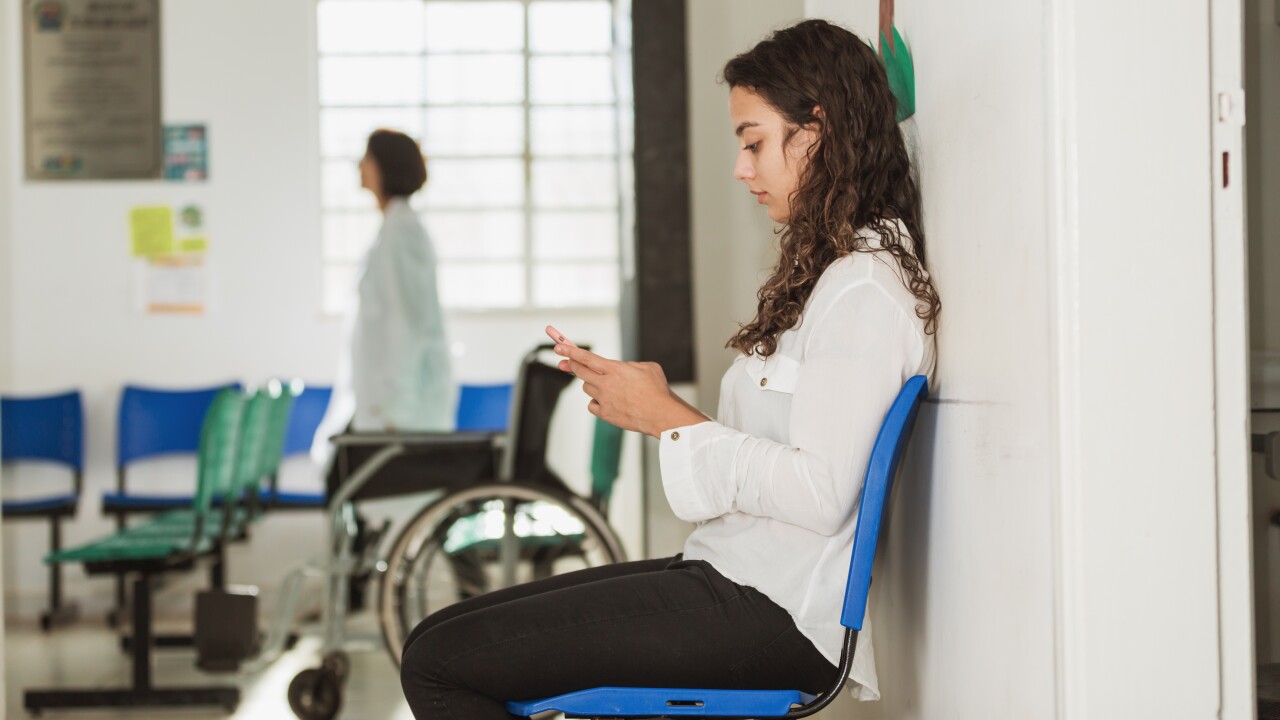Without technology, working remotely during a global pandemic wouldn’t have been possible. But it also helped employers overcome unforeseen obstacles created by this new reality.
To help maintain social distancing, 42% of the U.S. workforce has been working from home, according to a study conducted by the Stanford Institute for Economic Policy Research. While working remotely has helped quell the spread of COVID, it’s caused new challenges for the workforce: balancing work while caring for children or the elderly, deteriorating mental health, lack of opportunities to network —
Despite the promising news of
To plan for employees working remotely into the new year and beyond, employers looking to implement more digital solutions can look to these six organizations for inspiration.






